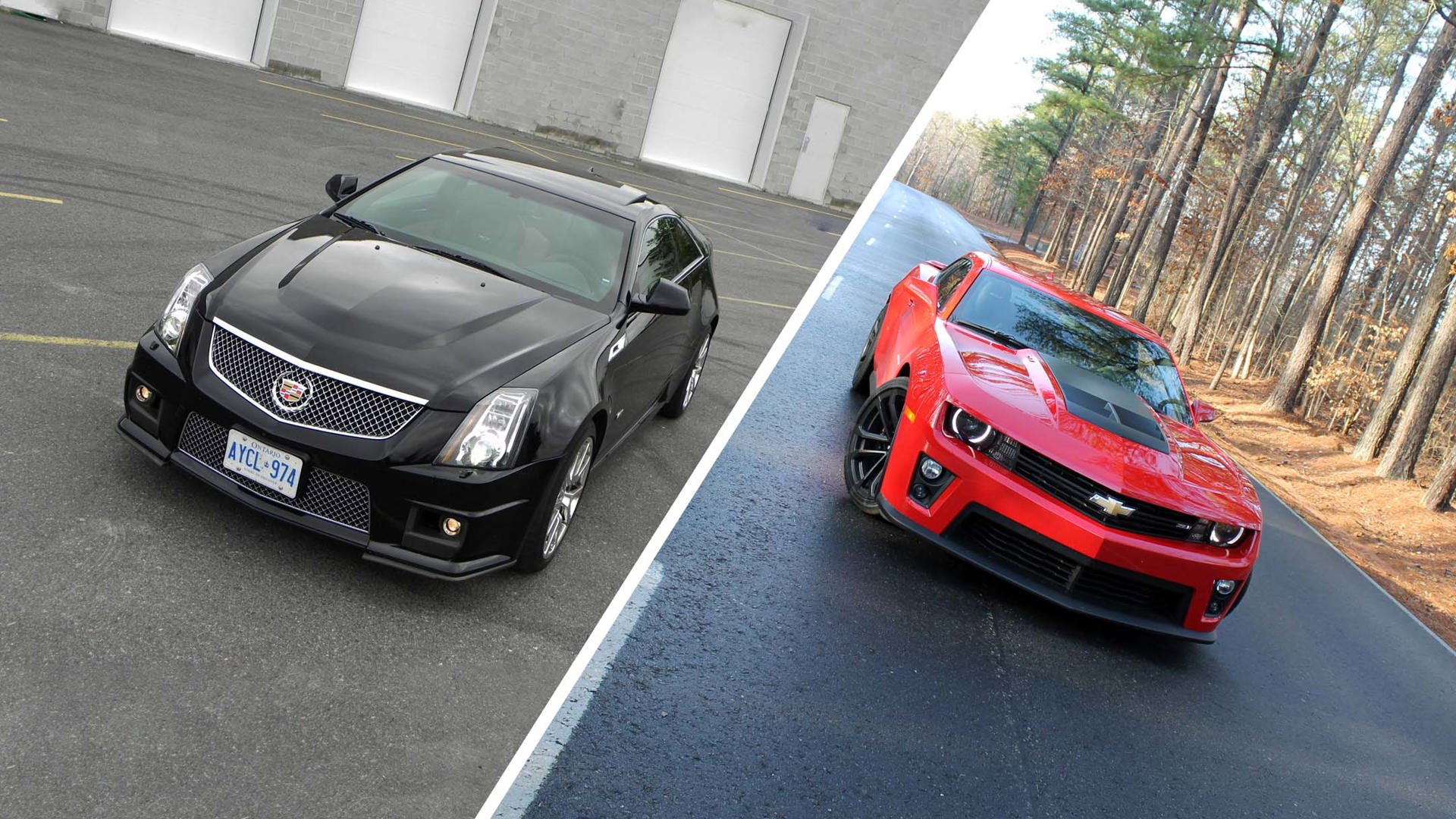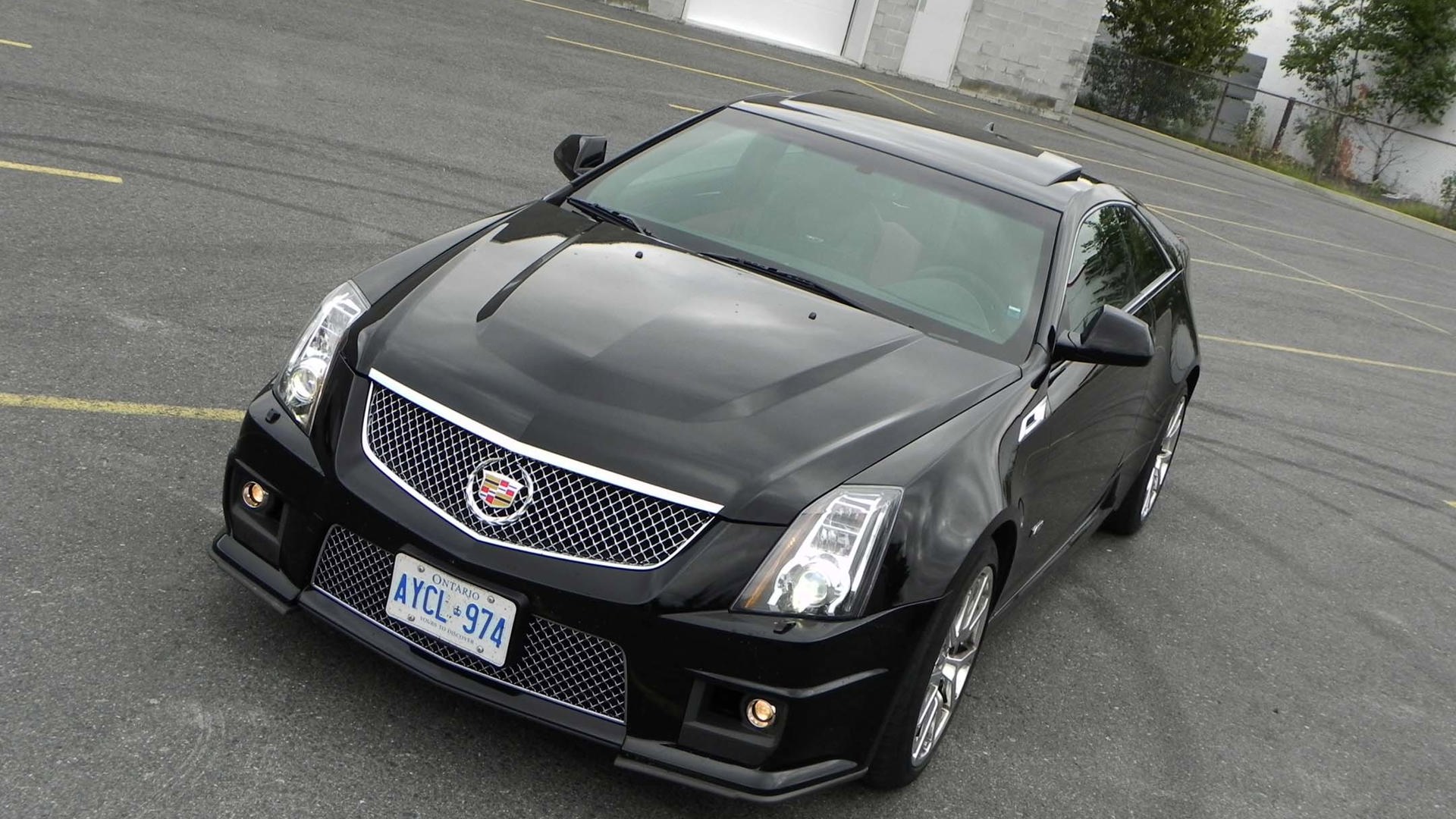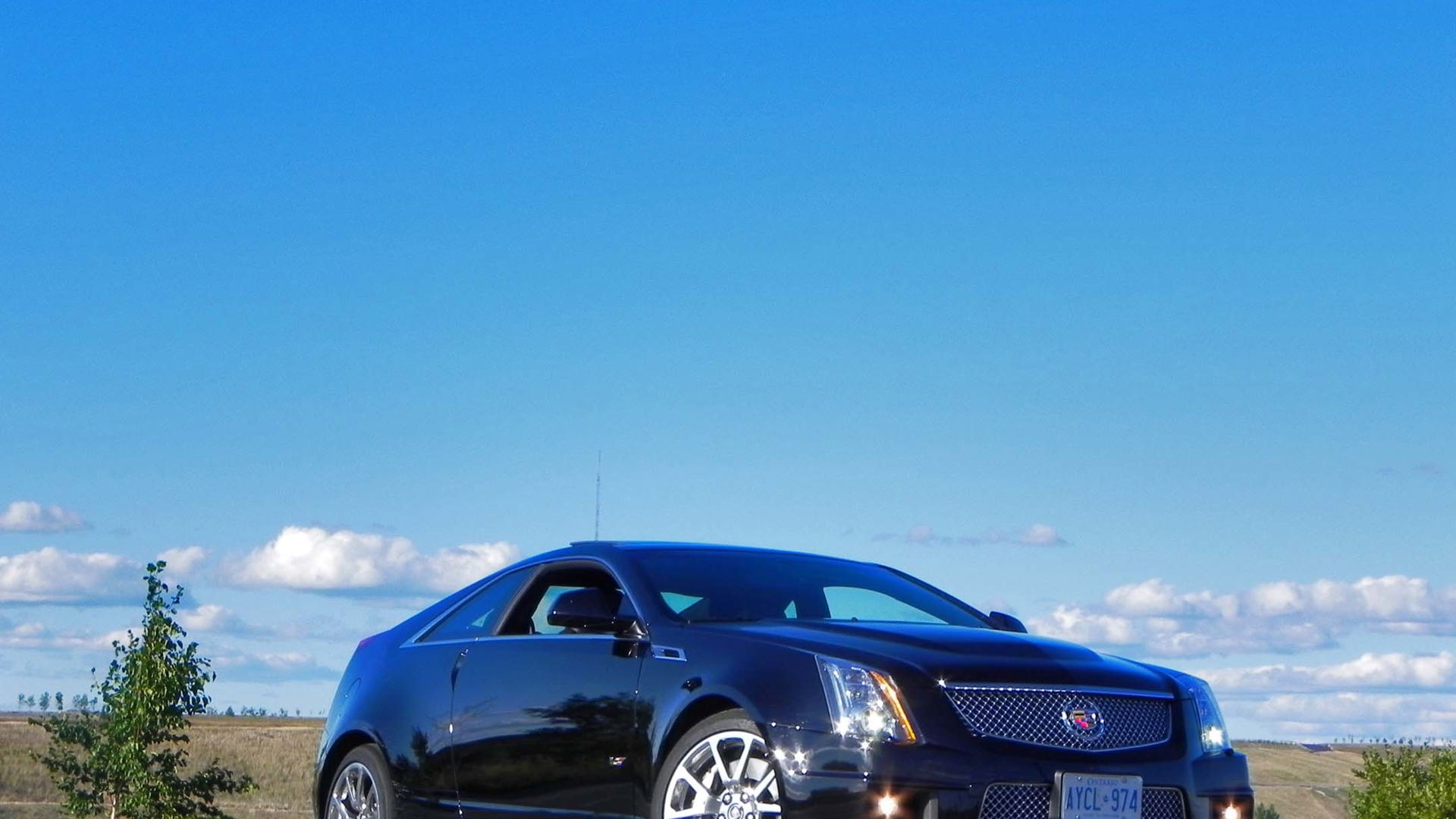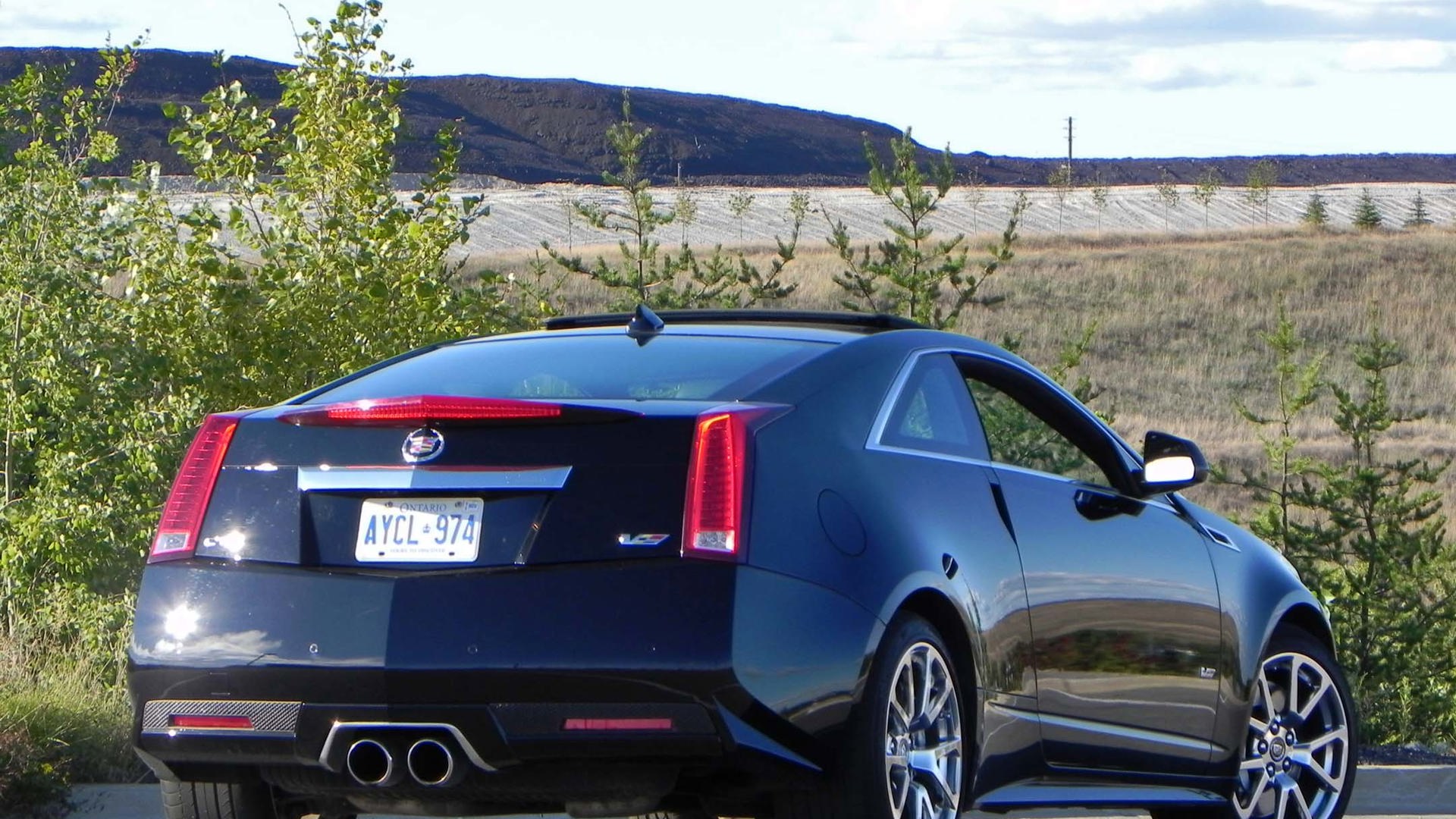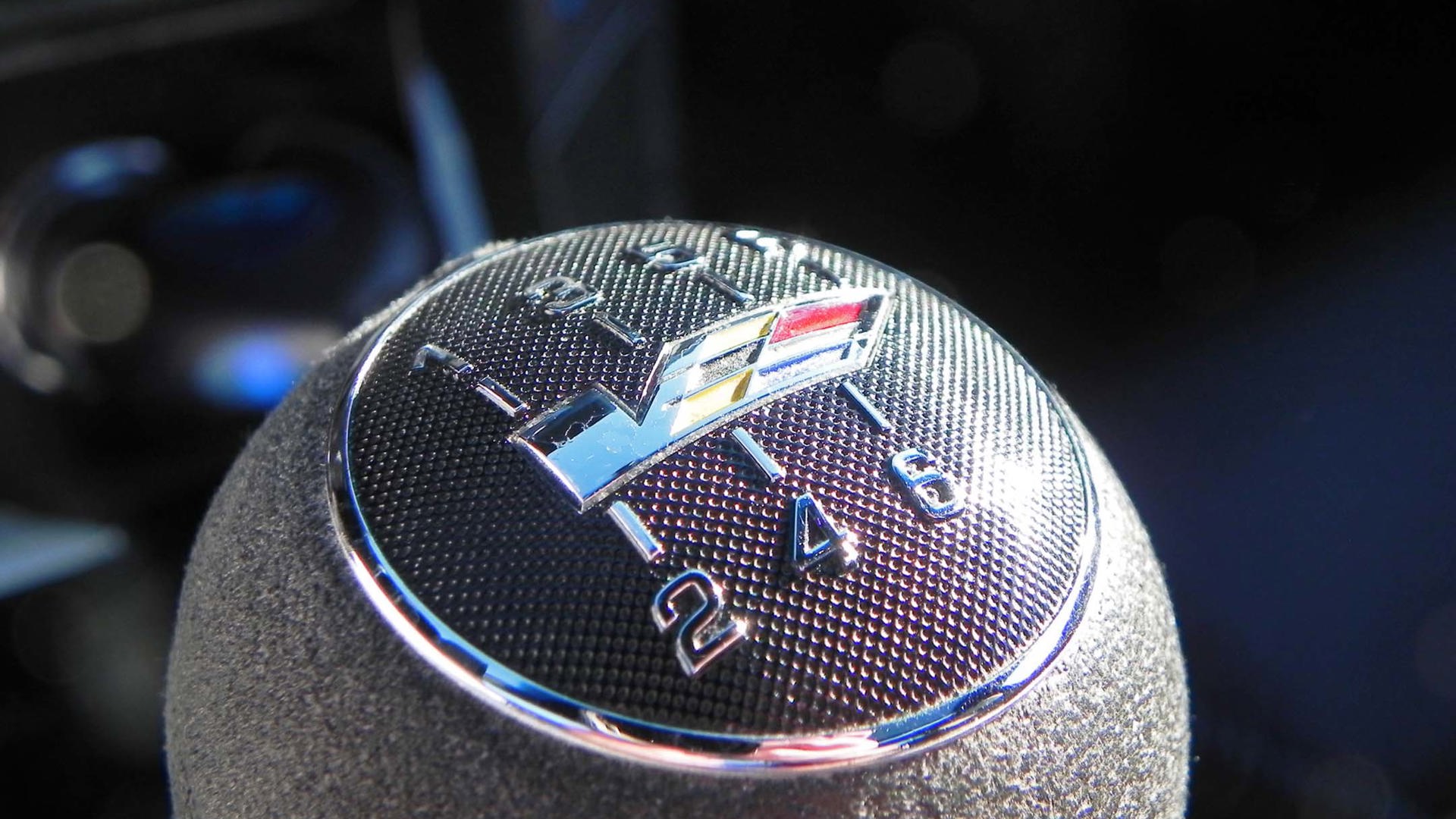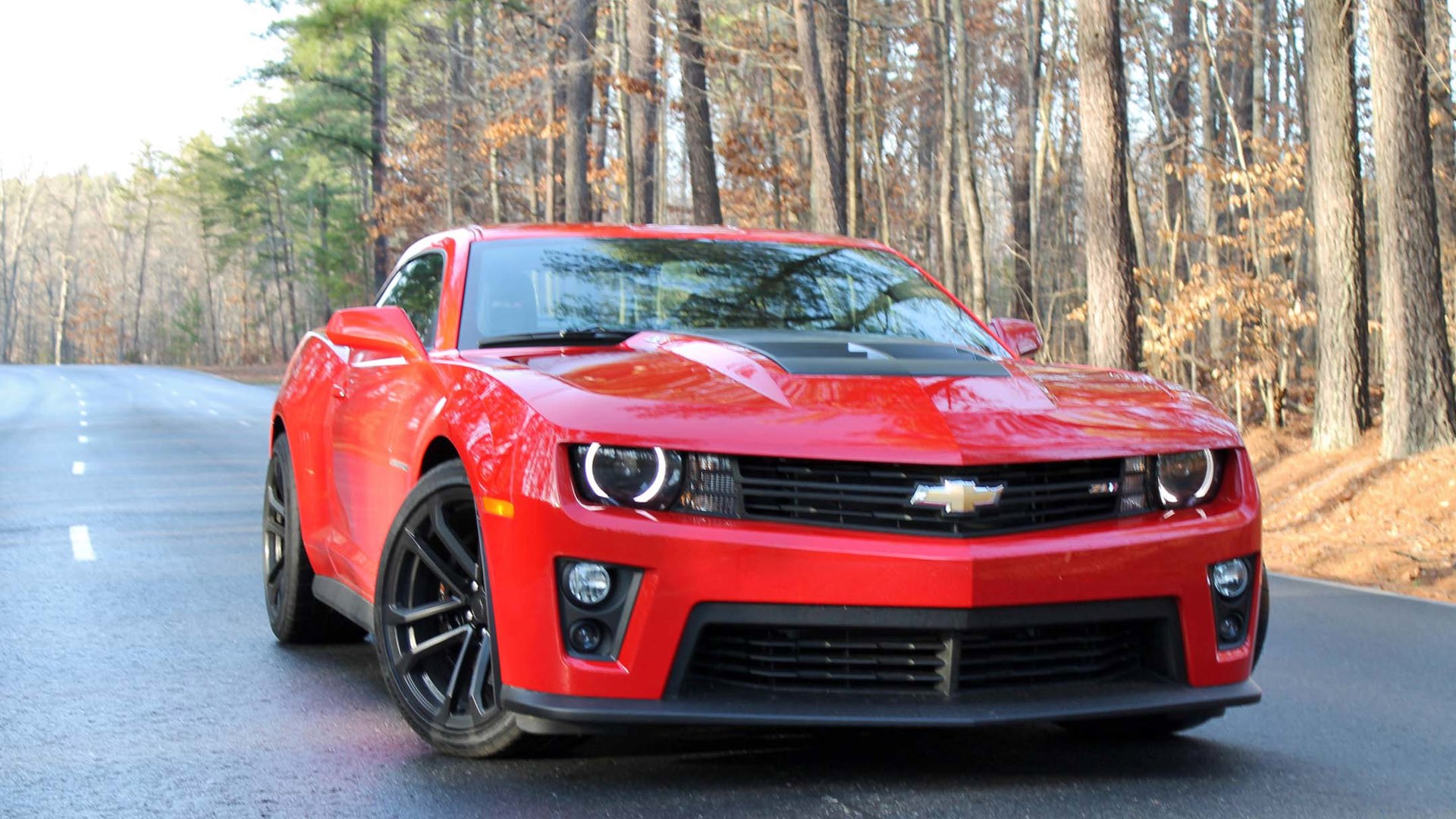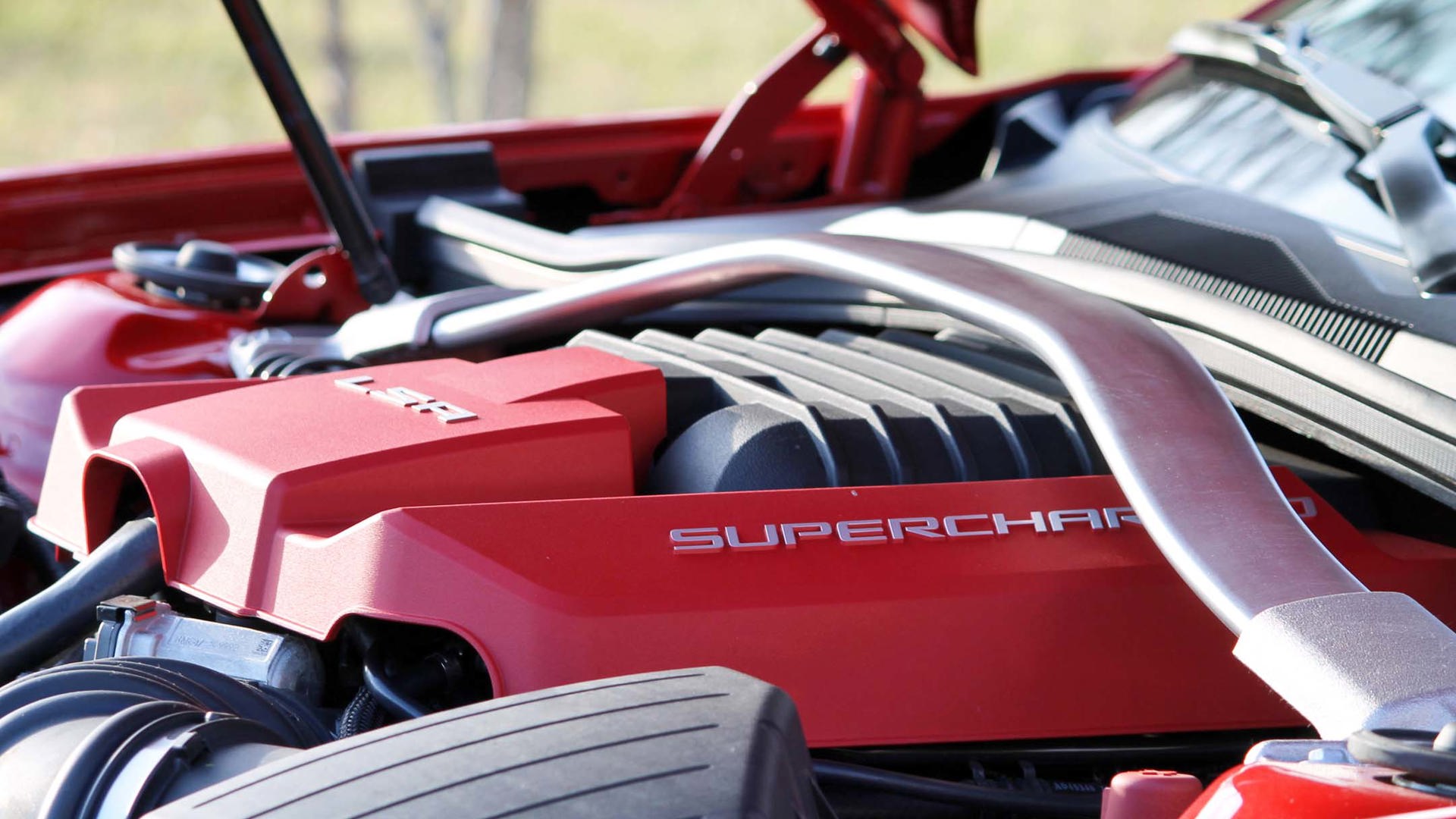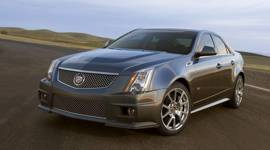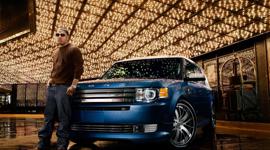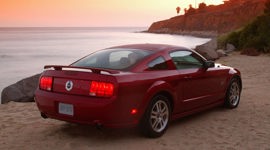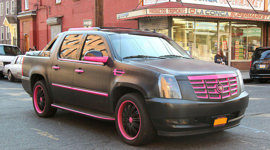Model
2009–2015 Cadillac CTS-V, 2012–2015 Chevrolet Camaro ZL1
Vehicle Type
Performance Sedan/Coupe/Wagon (CTS-V), Coupe/Convertible (Camaro ZL1)
History/Description
We’ll combine the last-generation Chevrolet Camaro ZL1 and Cadillac CTS-V into this used ride highlight. If you’re in the used market for a supercharged, big-power plaything that’s potent, coveted, and scarcely less entertaining than your favourite rail-mounted amusement park ride, you’ll want to read on.
These two models are unique, and target unique shoppers. But under the skin, they both employ similar technologies, platforms, structures and provisions. The CTS-V was a luxury performance model, available in sedan, coupe and wagon variants, depending on the year. The ZL1 was a non-luxury branded Camaro variant with similar capabilities – and came in coupe or convertible body styles.
Both models were powered by the LSA V8 engine – namely, a supercharged 6.2-litre V8, making 556 horsepower in the CTS-V, and 580 in the ZL1. Both models could be had with a six-speed transmission in the driver’s choice of manual or paddle-shifted automatic. Both had immense Brembo brakes. Both had distinctly calibrated versions of GM’s Magnetic Ride Control suspension. Both put down numbers and lap times that made pricier European or Japanese performance car models blush.
Best of all, neither of these machines is prissy or delicate – so owners can cruise while rocking out to AC/DC while eating fries from a greasy box on the dash, no problemo.
The Test Drive
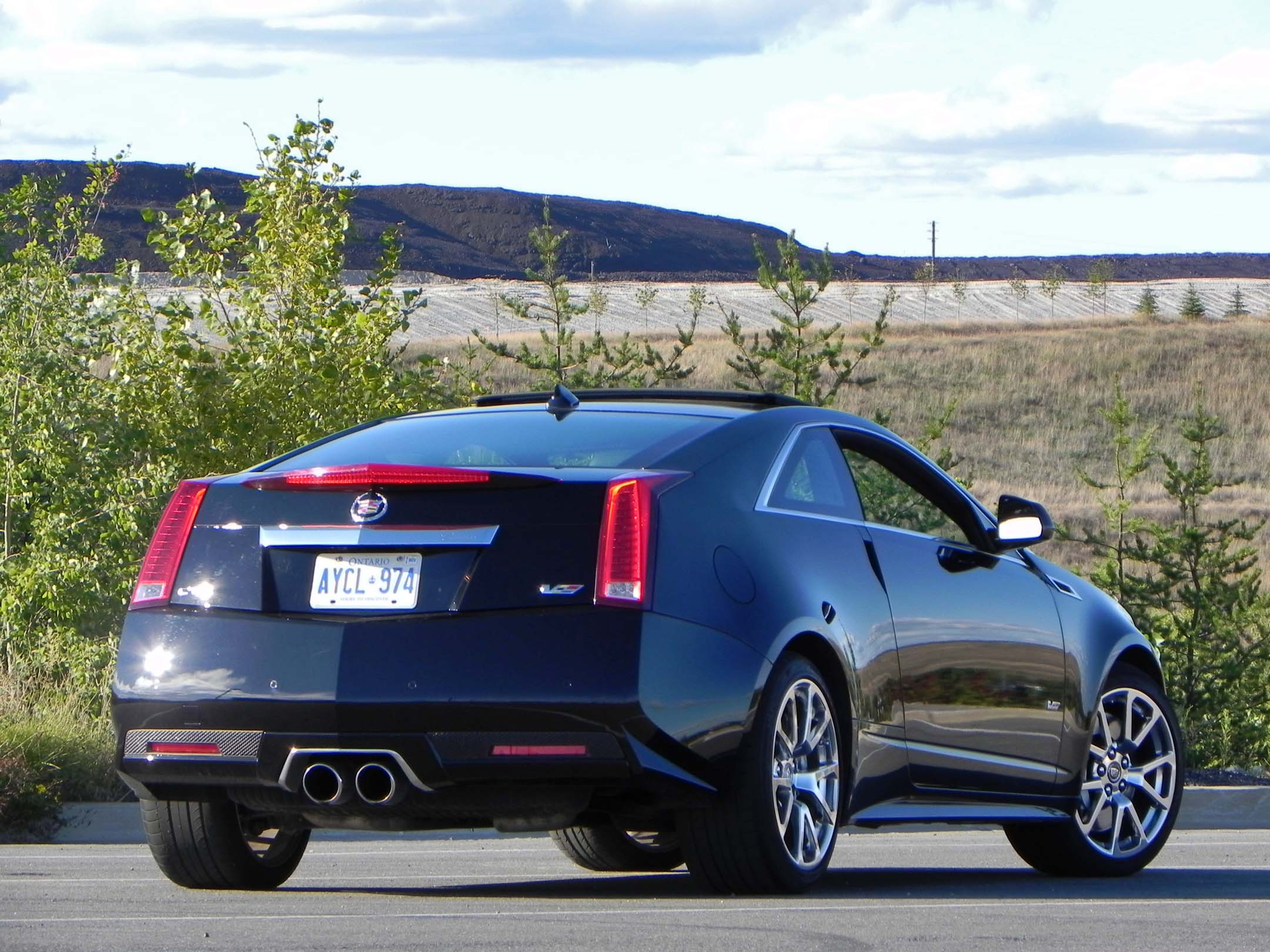
Let’s work backwards from an expectations standpoint to help you find a top-notch copy of whichever of these two thrust monsters you may be considering. Approaching a used copy of either machine assuming the worst, until you confirm otherwise, is a great way to ensure you don’t wind up with someone else’s problem, headache, or unwanted repair bill.
Start with the basics. Assume any used ZL1 or CTS-V needs new tires, new brake pads, new brake rotors, and a new clutch (if equipped with the manual transmission), until you or your mechanic prove otherwise. In many performance cars, and especially those packing the better part of 600 horsepower, these parts can largely be considered expendable and disposable. Many an owner would rather you, not them, foot the bill to replace any of the above – so be on the lookout.
Further, note that pricing of replacement tires, brake components and clutches will reflect the high performance capabilities of both machines. Be sure your budgeting exercises consider the potentially high price of fuel (premium only), insurance, tires, brakes, fluid changes, and the like.
On the topic of fluid changes, approach a used CTS-V or ZL1 assuming that all fluid changes, including engine oil, coolant, supercharger oil, transmission fluid, differential fluid, brake fluid, and the like, are overdue – until you see service records or receipts that prove otherwise. If these aren’t available, budget to change any and all fluids that can’t be proven to be within their service life. Fluids are the lifeblood of any vehicle, and even more so in high-performance models like these.
You can’t overchange fluids, and running fresh fluids in all components is cheap insurance towards long-term reliability and durability.
When changing fluids in a used ZL1 or CTS-V, be triple-sure to only use factory-approved fluids, and fluid change procedures. In most cases, the dealer is the best place to do the work.
Have a GM mechanic put your potential ZL1 or CTS-V candidate on their hoist, and look for fluid leaks – particularly around the transmission, engine oil cooler and shock absorbers. While your potential new ride is in the air, that mechanic can check the condition of the suspension bushings, the driveshaft joints, rear differential bushings and steering system in a matter of minutes for added peace of mind.

Note that both models run Magnetic Ride Control dampers, filled with a special fluid that can alter its viscosity to enable specific handling characteristics. Though the owner’s community seems generally satisfied with the durability of these dampers, some owners say they do seem to have a lifespan, of perhaps 100,000 kilometres or less. Fluid leaks, evidenced by signs of fluid seeping or dribbling down the body of the dampers on either model, can be taken as a sign that you’ll need to replace the dampers in the very near future. A loud banging sound from the dampers, or an excessively rough ride over bumps, are other signs that attention is required.
Given their high-tech magnetically adjustable design, many owners say the cost of replacement dampers isn’t unreasonable, in the context of a high-performance car.
Skip any model that exhibits signs of slippage, harshness or “clunking” from its manual transmission, or exhibits excessive clunking or binding sounds and sensations from its rear differential during sharp, low-speed turns. Both sensations indicate potential trouble.
Familiarize yourself with the well-documented issue of defective superchargers, which affected both models. Once shoppers have short-listed a few models to test drive, it’s advisable to obtain the VIN number of the vehicle in question, and check with the seller, and your local GM dealer, to see if the model has ever been in for a replacement supercharger, or if it qualifies for one. Well-documented issues with the supercharger on certain CTS-V and ZL1 models saw dealers replacing defective blowers suffering from a bad bearing. A rattling sound at idle with the hood open is a telltale sign of trouble – so be sure to listen for it.
Apparently, because of this supercharger issue, the warranty for the supercharger was extended. Here’s some more reading. If buying a unit that’s still under warranty and has never had any supercharger work done, listen regularly for signs of trouble, and have your local dealer service department document any that you notice, to support a potential future warranty claim. Here’s some more reading on the extended supercharger warranty.

On the topic of the factory warranty, if applicable, be certain to confirm that the warranty is still in good standing on the model you’re considering. Note that non-factory engine management software (typically used to turn up the boost), or certain aftermarket parts, can void the warranty of either model, even if the offending parts or software are set ‘back to stock’ before a visit to the dealer. A missed fluid change or servicing can void the warranty as well. Best defense? Ask a dealer service advisor to run the vehicle’s VIN number and confirm that the warranty hasn’t been black-flagged, and that all service requirements are up to date.
If considering a ZL1 Convertible, a full check of the convertible top should be considered mandatory. Many owners have had no issue – though some report leaks, binding of the hinges, and damage to the top material. A good soak-down with a garden hose can help determine if the model is suffering any leaks. Operate the roof through its full operating range a few times and listen for any signs of excessive strain from the motor system, while watching for any signs of binding in the mechanism. Proper maintenance, outlined in the owner’s manual, with attention to regular lubrication and adjustment of the top mechanism, goes a long way towards ensuring trouble-free operation for the long term.
On all models, convertible or otherwise, moisture present in the front footwell carpeting could indicate a plugged sunroof drain tube, or a bad window or windshield seal, though these are reported infrequently.
Other checks advisable on both models relate to issues with trunk and liftgate releases that fail to unlatch the trunk via the keyfob, or emergency release. Double check to ensure the trunk / hatch of any model opens and closes as expected. If that’s not the case, you’ll probably need a new latch mechanism.
Door lock actuator issues on sedan and wagon models of the CTS-V have also been reported, as have issues with the touch-activated door handles on the CTS-V Coupe. In any case, be sure to check, several times, for proper door handle functionality and proper operation of the locks on each door of any CTS-V you’re considering.
Finally, note that both the CTS-V and ZL1 are prime candidates for hookup to a trickle-charger when they won’t be driven for more than a few days, to help prevent potentially frustrating issues with a low or dead battery.
The Verdict
These look to be solid used performance car buys, with many common issues being easy to identify and fix, and the potential supercharger issue covered off by GM warranty coverage on newer, lower-mileage units. Opting for a used model from a Certified Pre-Owned program with any additional warranty coverage available is ideal for maximum peace of mind. In any case, a healthy CTS-V or ZL1 should provide thrilling access to world-class motoring on the relative cheap.
